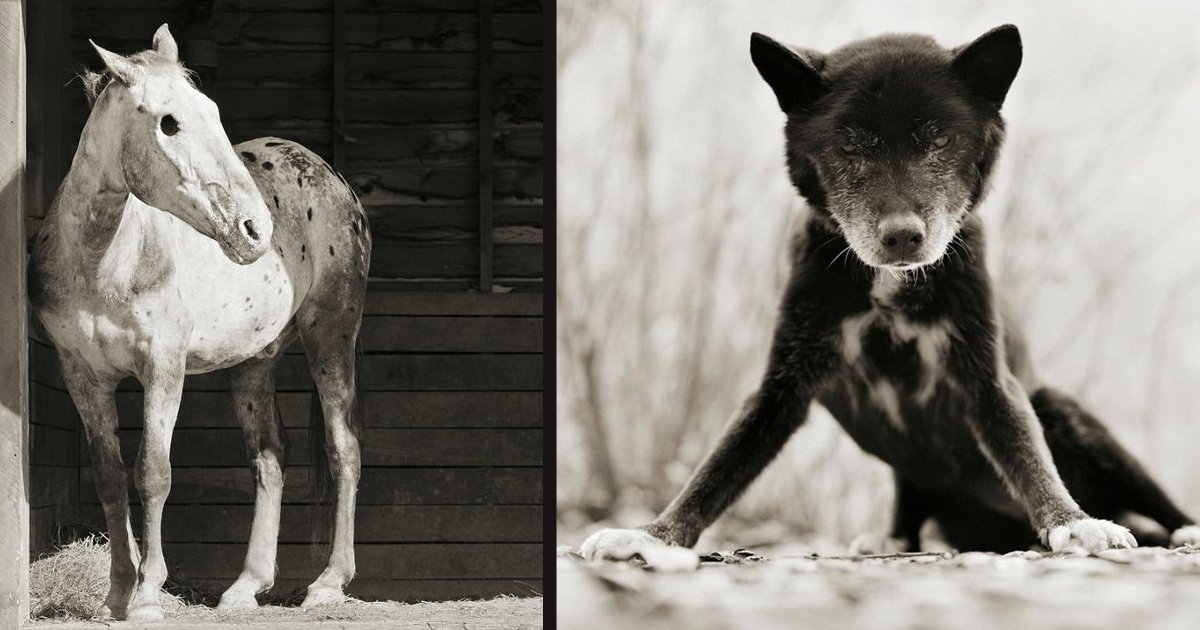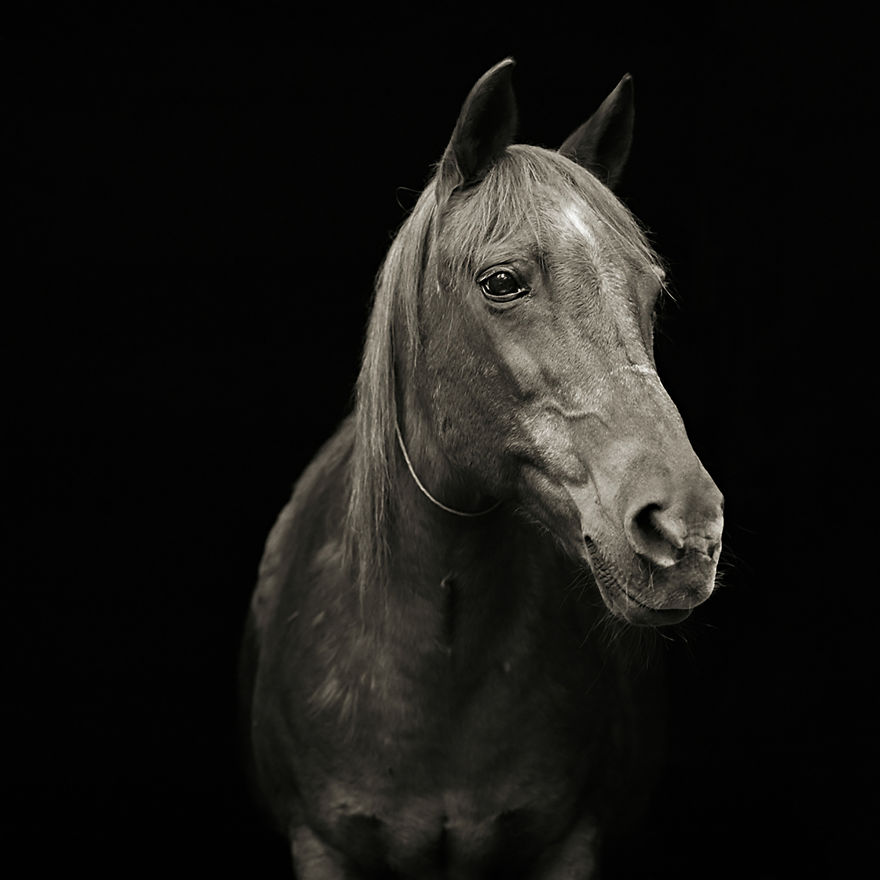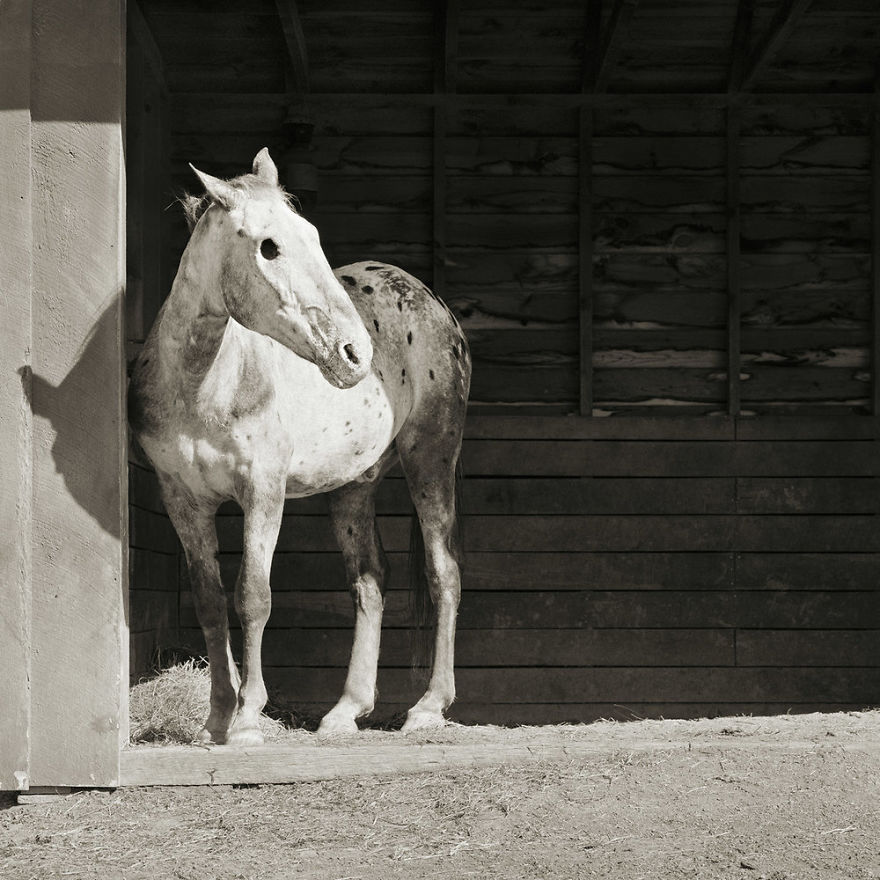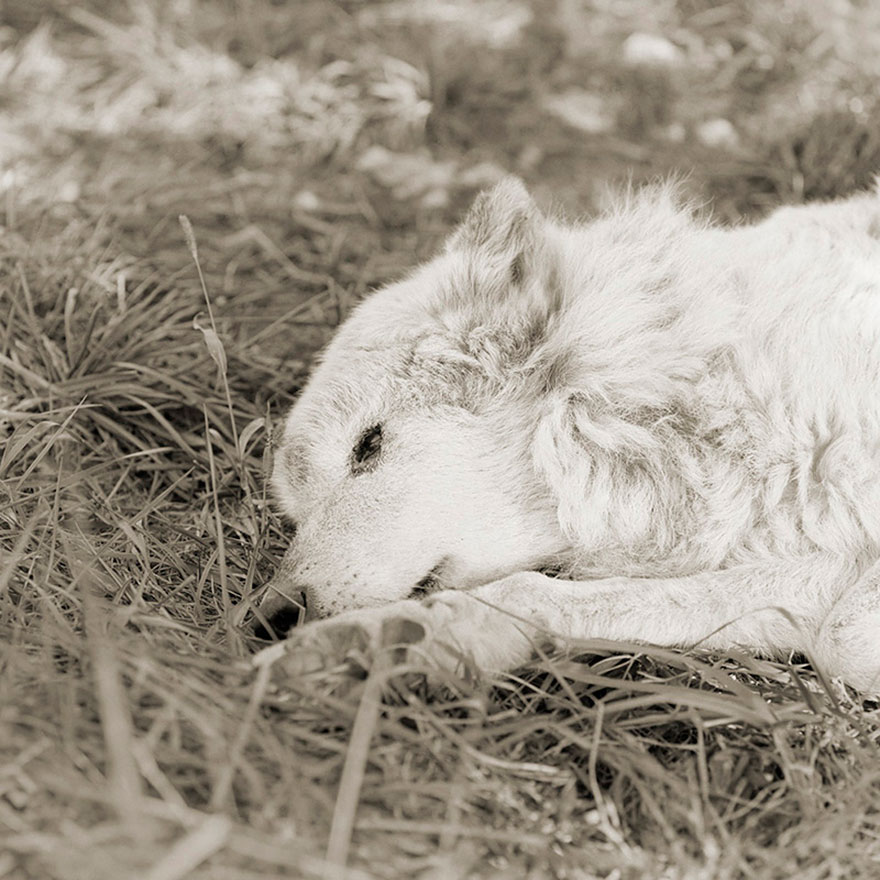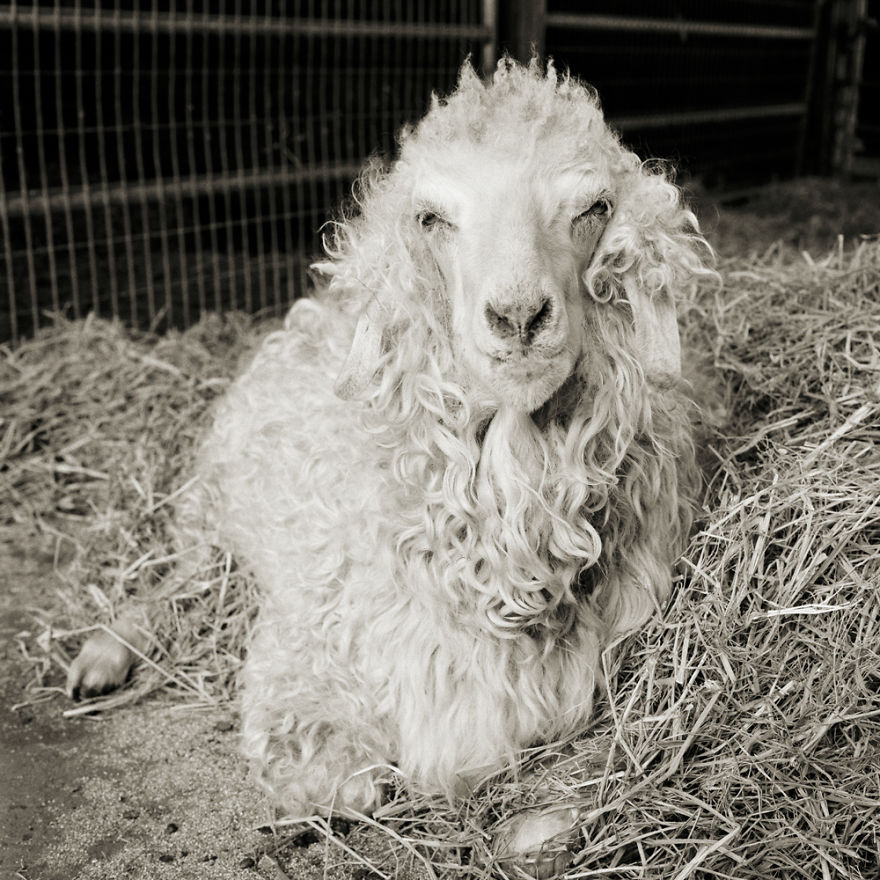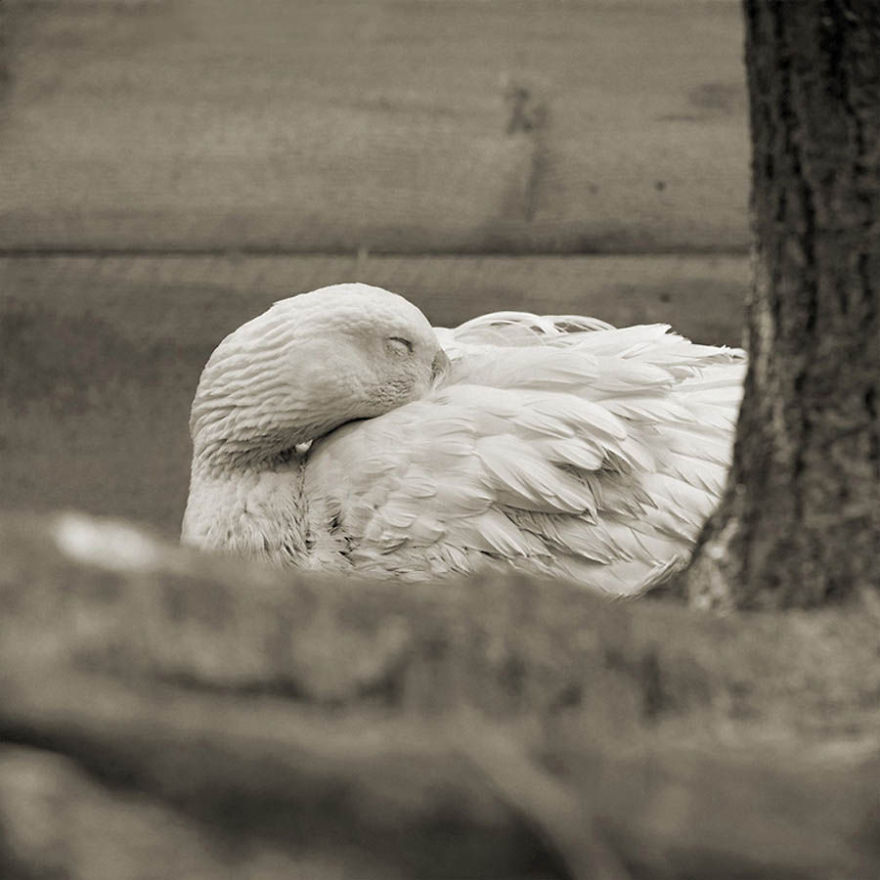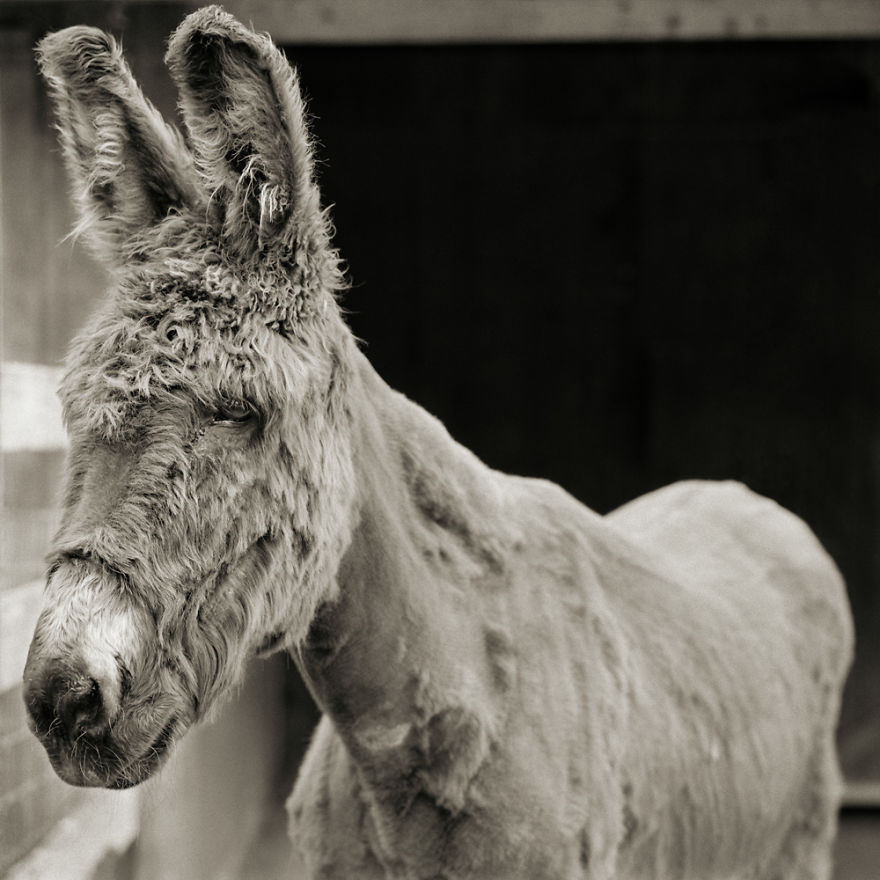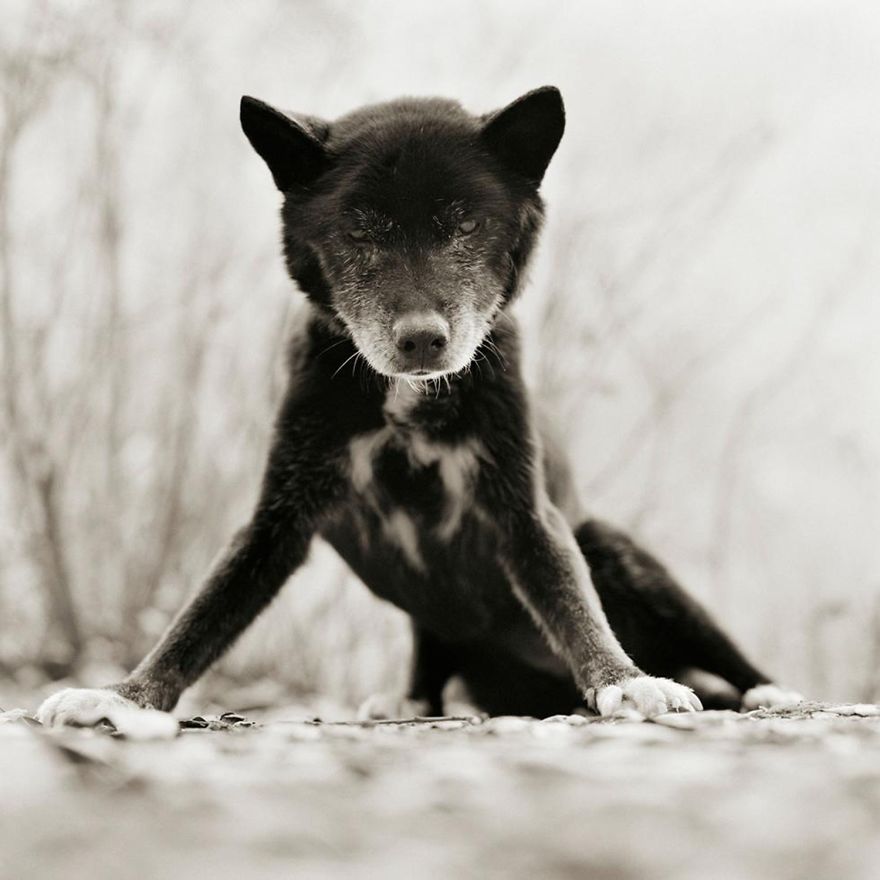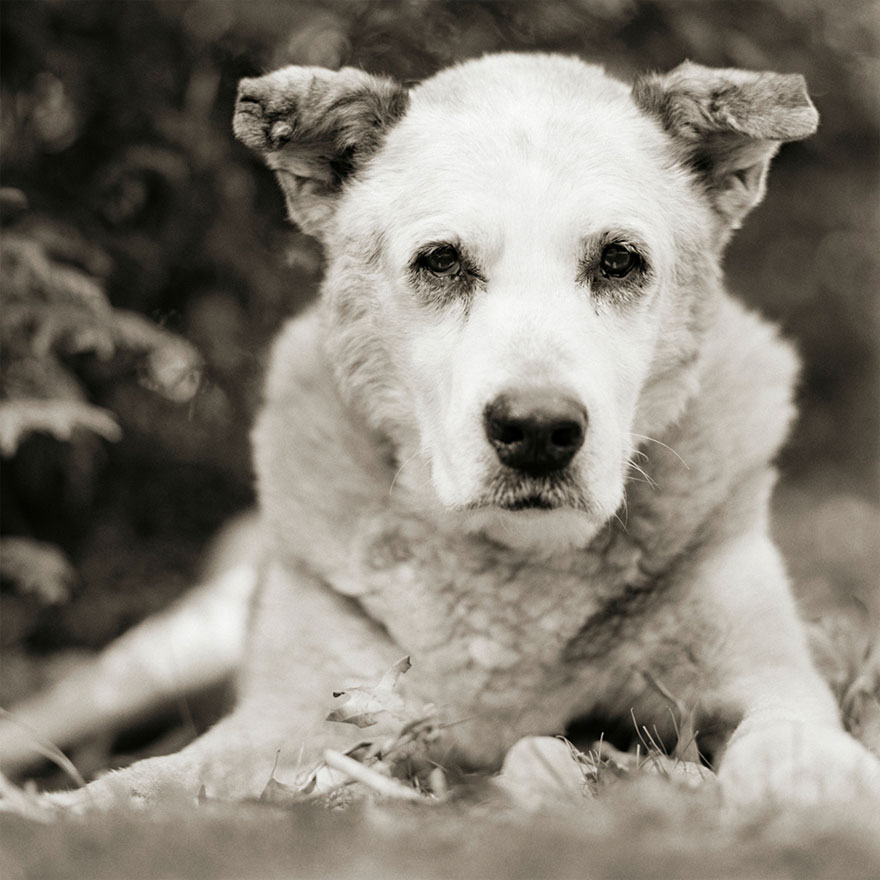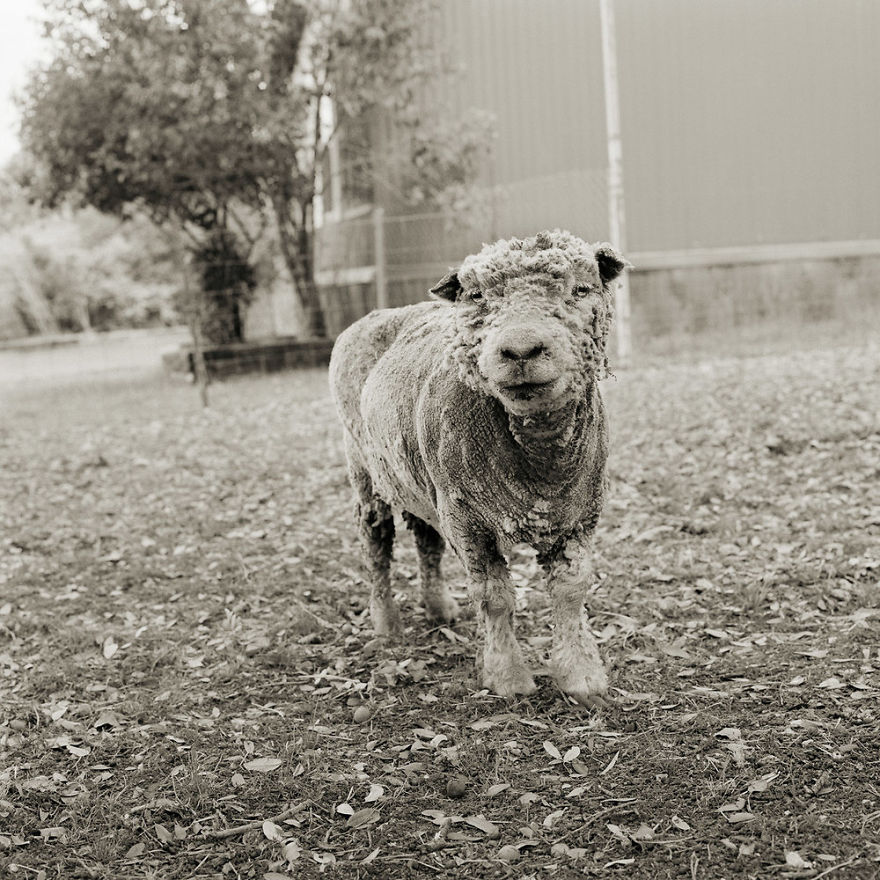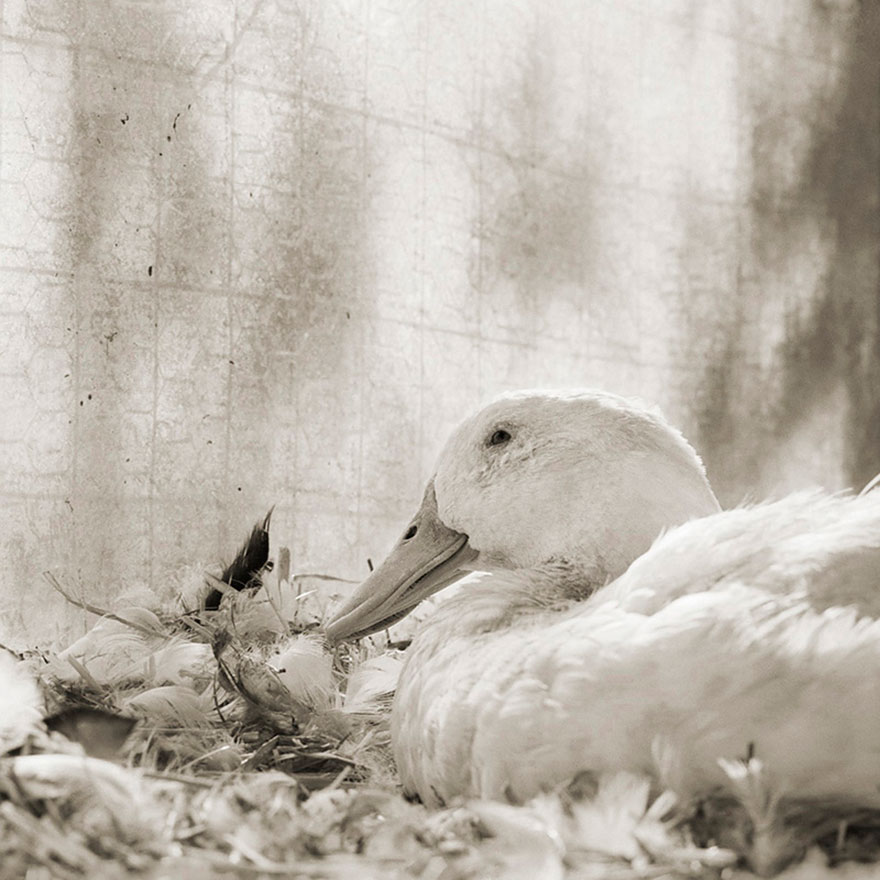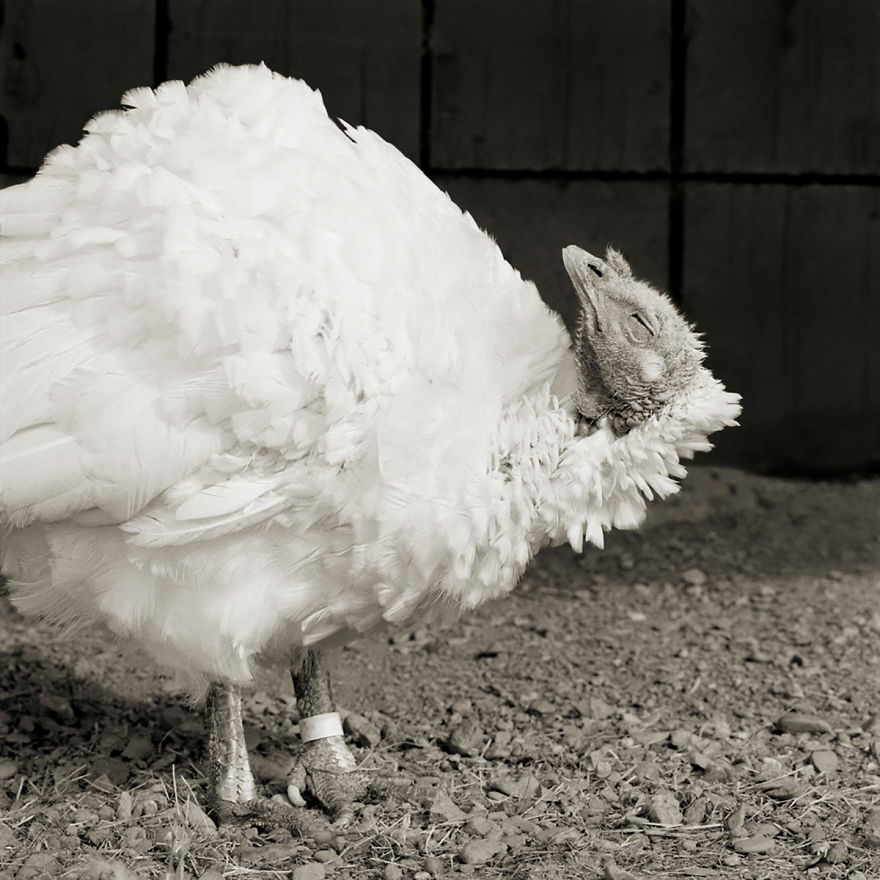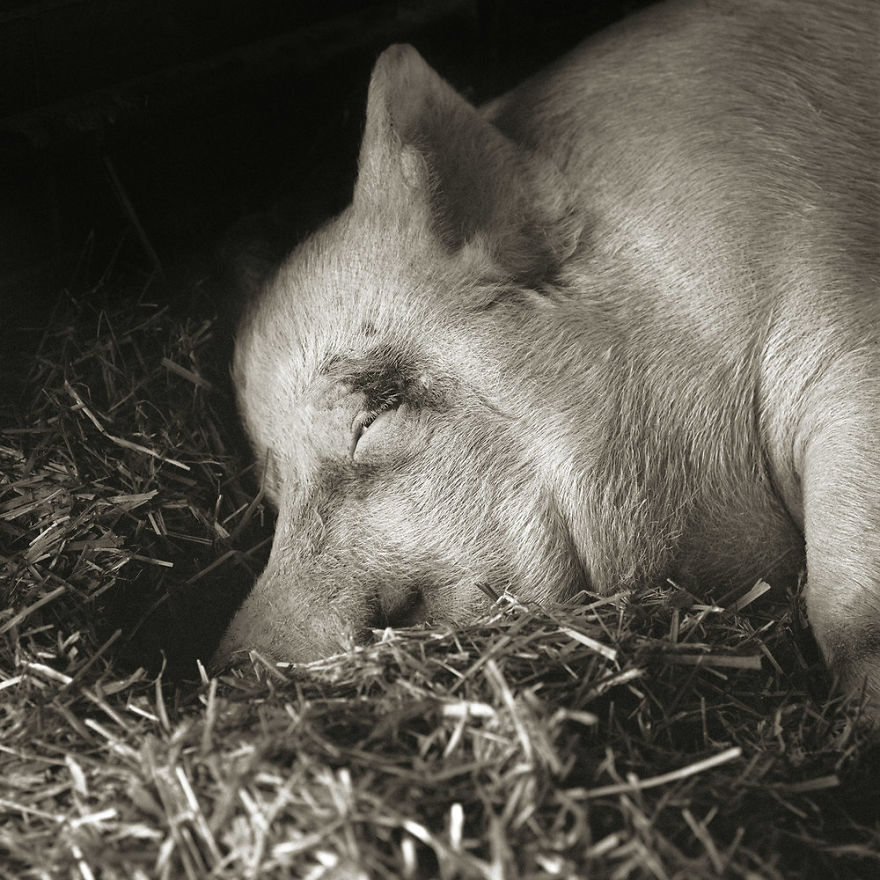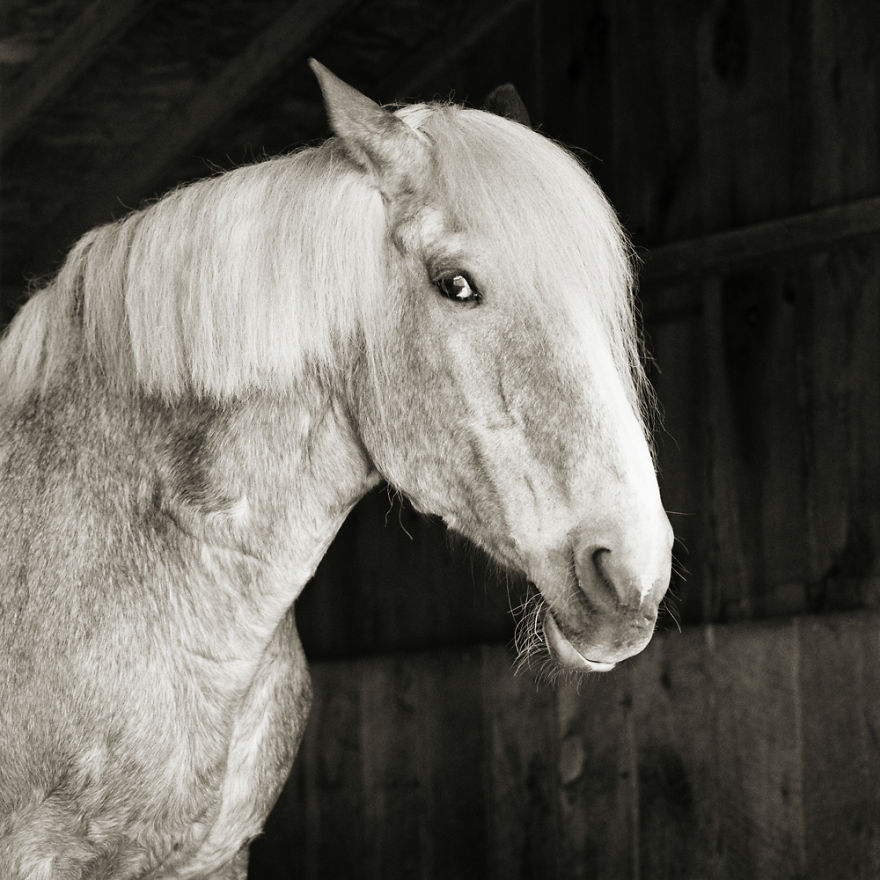Photographer Isa Leshko got frightened of growing old after seeing her mother battling with Alzheimer’s.
However, she found a solution to face her fear. Leshko started photography and captures rescued farm animals. Turkeys, pigs, pretty much any critter you can think of who escaped the slaughterhouse or some other grim place.
After working on the project, Leshko has released a wonderful book Allowed to Grow Old: She Portrait Elderly Animals from Farm Sanctuaries and started to shift her approach to the series from dealing with anxiety to activism. The photographer now using her pictures to speak on behalf of these and other abused animals.
Leshko approached these images as fine-art portraits. “For an image to appear in my book it couldn’t be simply a beautiful picture of a cow or a pig; it had to be a portrait of Bessie or Teresa,” she said. “I selected images that revealed something unique about that animal or conveyed emotion.
I wanted viewers of these images to recognize that these animals are sentient beings who think and feel and who want to grow old in comfort, just like we do.”
“I think most photography doesn’t fall neatly into one box or the other.
There are documentary components to the work: in my book, I include details about each animal’s life before they were rescued. I also included lengthier biographical stories about a handful of animals. But I made creative choices in post-production that I would not have made if these images were documentary photographs.
For example, if a background was distracting, I darkened it, or if an animal had straw running along her face in a manner that I think was distracting I removed it. I would never have done this if I viewed the work as a documentary project. I identify primarily as an artist and then as an activist.
”
The photographer said that farm animals don’t behave uniformly.
“Like the dogs and cats we share our homes with, these animals have distinct personalities. Some are very outgoing and affectionate, others are shy and reserved.”
Leshko met many animals for her project, and most of them were rescued from horrific situations involving abuse and neglect.
“These animals are trauma survivors, and some are understandably wary of new people. For these animals, in particular, I spent a lot of time with them before even taking a single photo. I often spent days with a single animal to develop a rapport with him.
I wanted the animals I photographed to be as relaxed as possible so I could depict their true personalities.”
She wasn’t interested in capturing the animals reacting to her presence. “I wanted to be as invisible as possible so I could observe them behaving naturally and comfortably.
If any animal seemed uncomfortable with me, I would not photograph them. Although animals cannot provide verbal consent to being photographed, they are excellent at communicating when they wish to be left alone.”
She wanted to photograph them on their terms and not her own. “For this reason, I worked with natural light and did not use any artificial lighting that might be disruptive to the animals.
I also photographed the animals at eye-level because I wanted viewers of my images to gaze directly into their eyes. This meant spending hours contorting my body in odd positions while lying in mud and animal scat.”
“Nearly all of the farm animals I met for this project endured horrific abuse and neglect before their rescue.
Yet it is a massive understatement to say that they are the lucky ones,” the photographer added. “Roughly fifty to seventy billion land animals are factory farmed globally each year. It is nothing short of a miracle to be in the presence of a farm animal who has managed to reach old age.
Most of their kin die before they are six months old. By depicting the beauty and dignity of elderly farm animals, I invite reflection upon what is lost when these animals are not allowed to grow old.”
Recommended Video
“Animal rescuers save a tiny kitten stuck between cement walls”
[rumble video_id=v55lqt domain_id=u7nb2]


